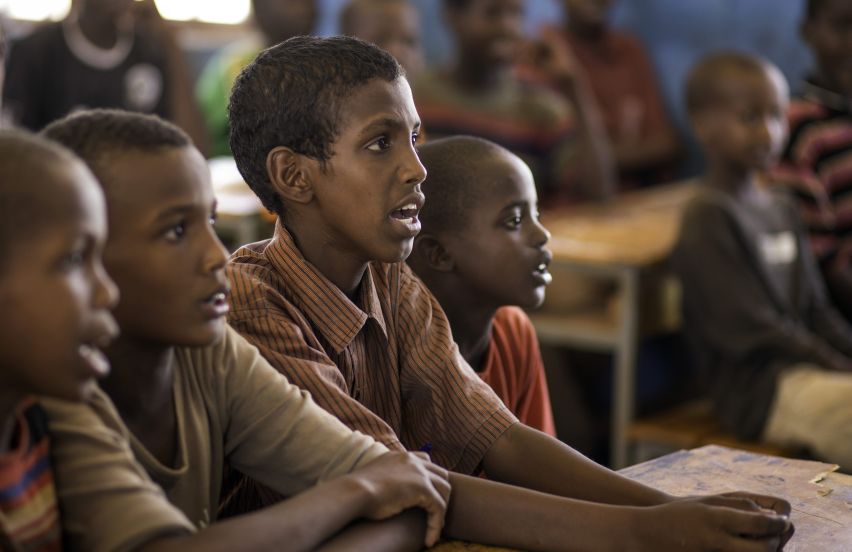If it’s Broken, Let’s Fix It

Photo by UNHCR / J. Ose.
GBC-Education Advisory Board member Justin van Fleet published an op-ed appearing in the Huffington Post as the Education World Forum takes place in London. He writes about the plight of the world’s 65 million children whose education has been disrupted due to emergencies, crises, and conflicts. Read the original article here.
If this year repeats the last, the education appeal for a child living in South Sudan will have a four-times greater chance of being funded than a child living in Somalia. Just under half of the Yemen education appeal will be funded and less than 20 percent in Cameroon. In sum, there exists a significant lack of predictable education funding.
It is impossible to remove statistics from the world in which we live. An aid environment failing to accommodate global education needs — coupled with an uptick in the number of countries in crisis — guarantees that millions more will fall through the cracks and go uneducated. And it’s not that the cracks on the veneer of education in emergencies are growing in size — rather they’re growing in number. The UN is responding to four “L3” emergencies — the most severe — while refugee flows are at an all-time high since 1945.
Knowing the scale of the challenge means we are better equipped for what lies ahead. And progress is not only possible — it is happening. In Lebanon, an innovative double-shift school system has taken 207,000 Syrian refugees off the streets and into classrooms; the 2016 plans intend to reach more than double the number of children reached just two years earlier. In Jordan and Turkey, both countries plan to reach more than 75-85 percent of Syrian refugees with education this year. But six years is way too long to wait for this type of progress.
In 2016 — right now — we must go the full mile with coordination, innovation and finance to deliver education for these children. During 2015, major donor governments — including Norway, the United States, United Kingdom, the EU and Canada; foundations like Dubai Cares; ministers from Lebanon, South Sudan and Nepal among others; and partners like UNICEF, the UN Special Envoy, GPE, UNHCR, the Global Business Coalition for Education, INEE and many more have been working to develop a global humanitarian coordination platform and financing facility for education in emergencies. The new platform is set to be launched at the upcoming World Humanitarian Summit in Istanbul this May.
We know what needs to happen. But to get there successfully, we must hold everyone to account — from the leaders who must take action to the grassroots campaigners who must push them to do so. Those countries who feel their balance sheets cannot handle a small education insurance policy should crisis ever arise must find the courage to act — the cost of inaction is much greater and hope for millions of children depends on it.
